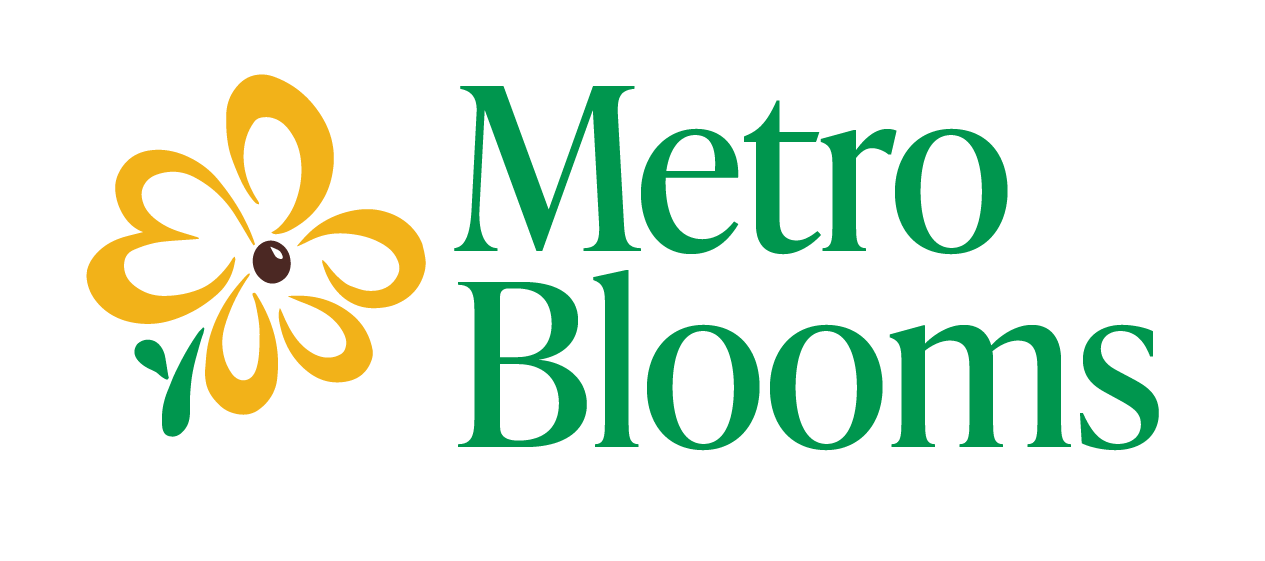Family: Asteraceae (Aster)
Scientific Name: Helenium autumnale
Native perennial herb that grows on low-lying, moist prairies and other open spaces throughout the United States and Canada.
Watch for: Alternate, lance-shaped to elliptic leaves. Flower clusters at the ends of branches have yellow, wedge-shaped petals with three “teeth” on the ends.
Other names: Common Sneezeweed, Large-flowered Sneezeweed
History: Sneezeweed was used as a cure for headaches by many communities, such as the Mesquakies, Menominis, and early European-Americans (mostly learning from Native Americans). It was sometimes used to cure a fever, soaking the stems in a bath. The use that gives the flower it’s name however, comes from the Comanches that use it to induce sneezing to clear nasal passages and clear a head cold.
Tidbits: The National Cancer Institute has found that Sneezeweed possesses significant anti-tumor activity. However, it contains a glycoside that is considered to cause Sneezeweed poisoning in livestock. This oil has insecticidal properties, but it it still attracts butterflies. As for it’s aesthetic quality, it’s a highlight in cut and dried bouquets.
Gardens/ Cultivation: Sneezeweed is a great plant for raingarden designs as it’s fibrous root system helps to stabilize stream banks, shores, and vegetated swales. It can handle up to three days of flooding, from it’s usual habitat of low, wet soils. It enjoys full to partial sun. It’s slightly aggressive growth can be used to deter invasive species during establishment. Some cultivars of Sneezeweed include “Pumilum Magnificum” (yellow), “Bruno” (red/brown), “Kupfersprudel” (yellow/orange) and “Butterpat” (gold).

 ______________________________________________________
______________________________________________________
Sources:
Kindsher, Kelly. Medicinal Wild Plants of the Prairie: An Ethnobotanical Guide.
University Press of Kansas. Lawrence, Kansas, 1992.
Schmidt, Rusty and Shaw, Daniel. Plants for Stormwater Design. Minnesota Pollution Control Agency, 2003.
